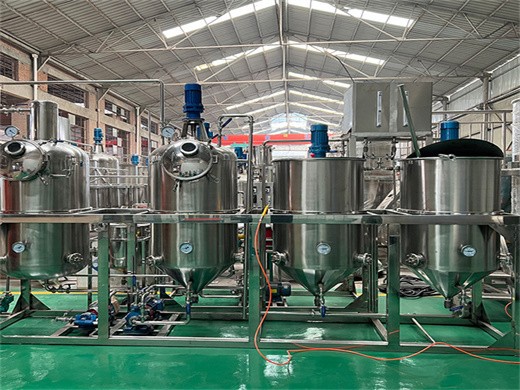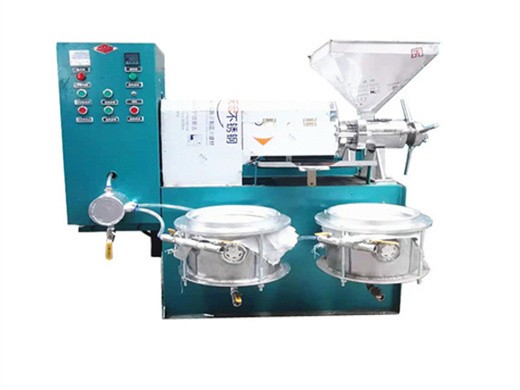characterization of chia seed oils obtained by pressing and solvent extraction
Characterization of chia seed oils obtained by pressing
Mar 01, 2011· The oil yield and the FA composition of chia seeds extracted by solvent and pressing are presented in Table 1.The oil yield ranged from 20.3 to 33.6%, which was lower than data published by Ayerza (1995), but in the same range than that reported by Velasco Vargas et al. (2004) by solvent extraction. On average, the fatty acids ranked in the following order of abundance: α-linolenic acid
The oil yield, fatty acid composition and the physicochemical and quality characteristics of chia crude seed oils obtained by pressing and solvent extraction were determined. The extraction methods assayed influenced significantly the oil yield, obtaining about 30% more oil by solvent than by pressing.
Characterization of chia seed oils obtained by pressing
The oil yield, fatty acid composition and the physicochemical and quality characteristics of chia crude seed oils obtained by pressing and solvent extraction were determined.
This analysis was made for chia oils Table 1 Oil yield (%, d.b.) and fatty acid composition (% of total fatty acid) determined by GC of two independent sets of Salvia hispanica L. seed oils extracted by solvent and pressing. obtained by solvent extraction, with low (set 1) and high (set 2) level of a-linolenic acid due to there were not
Characteristics of Chia (Salvia hispanica L.) Seed Oil
tions. Since chia seed oil is a natural product, it has a variable chemical composition depending on several factors such as the cultivation environment and the extraction system [2, 3]. Commercial production of vegetable oils is based on press-ing and solvent extraction [4-9], although there are also other methods [10, 11].
Regarding the extraction of chia oil, studies of pressing extraction have reported the extraction parameters, such as the seed moisture, velocity, temperature, and pressing speed (Martínez et al., 2012), other studies compared the yield, quality and physical-chemical parameters with oil obtained by solvent-extraction (Ixtaina et al., 2011).
Chia (Salvia hispanica L.) oil extraction using different
oil extraction from chia seeds using solvent extraction at 80°C for 8 h and pressing, respectively. Ixtaina et al. (2010) reported, for oil extraction using carbon dioxide as the solvent under supercritical conditions, ~30% yield at 80°C and 450 bar applying 5 h of extraction. The solvents n
Characterization of chia seed oils obtained by pressing and solvent extraction Vanesa Y. Ixtaina a,b,Marcela L. Mart ´nez c,Viviana Spotorno d,Carmen M. Mateo b,Damia´n M. Maestri c ,
Optimization and characterization of chia seed (Salvia
This study aimed to determine the extraction yield from different techniques and to evaluate the oils obtained. Chia oils were extracted by pressing, cold solvent and by supercritical CO2 with
tions. Since chia seed oil is a natural product, it has a variable chemical composition depending on several factors such as the cultivation environment and the extraction system [2, 3]. Commercial production of vegetable oils is based on press-ing and solvent extraction [4-9], although there are also other methods [10, 11].

Chia (Salvia hispanica L.) oil extraction using different
oil extraction from chia seeds using solvent extraction at 80°C for 8 h and pressing, respectively. Ixtaina et al. (2010) reported, for oil extraction using carbon dioxide as the solvent under supercritical conditions, ~30% yield at 80°C and 450 bar applying 5 h of extraction. The solvents n
Get Price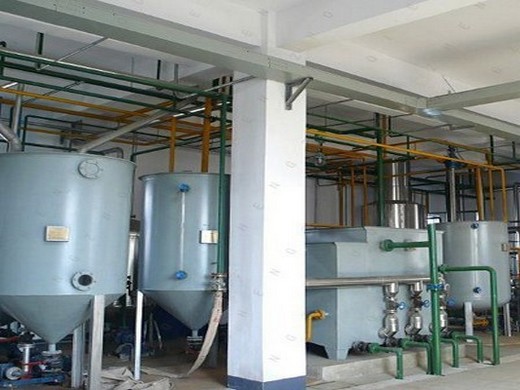
Characterization of CHIA Seed Flour and Wellbeing
Characterization of chia seed oils obtained by pressing and solvent extraction. Journal of Food Composition and Analysis. 2011 Mar 1; 24(2): 166-74. Kim Y,
Get Price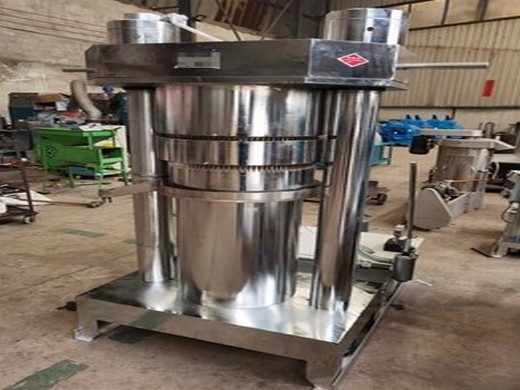
Chemical Characterization of CHIA ( Salvia hispanica L
The chia seed can be considered a functional food because it is a source of ω-3fatty acids, with at least 0.1 g of ω-3 in 100 g of product,and has high levels of total dietary fiber, up to 3 g in 100 g of product and protein. Extraction, quantification and profiling of the phenolic compounds of chia seeds (Salvia hispanica
Get Price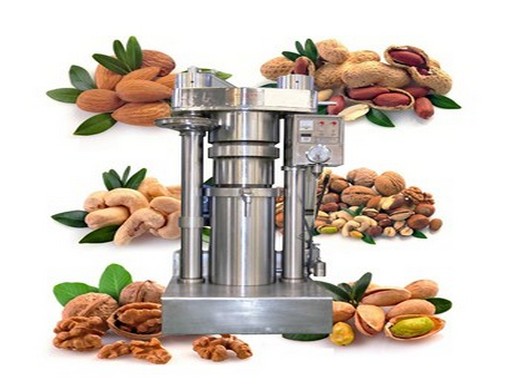
Effect of extraction method of Chia seeds Oil on its
The extracted oil ratio is approximated when using the coarse extraction method and when solvent extraction is used, In order to avoid exposing the oil to any thermal treatment and thus maintain its components from damage while the method of extraction using the screw pressing gave the lowest proportion of oil and can be due to the inefficiency
Get Price
Fat Composition of Chia Seed Oil, Cold Pressed The
Ixtaina et al. Characterization of chia seed oils obtained by pressing and solvent extraction. Journal of Food Composition and Analysis (2011) 24:166–174. Values are rounded and expressed in gram unless otherwise stated. This post is provided for general information only.
Get Price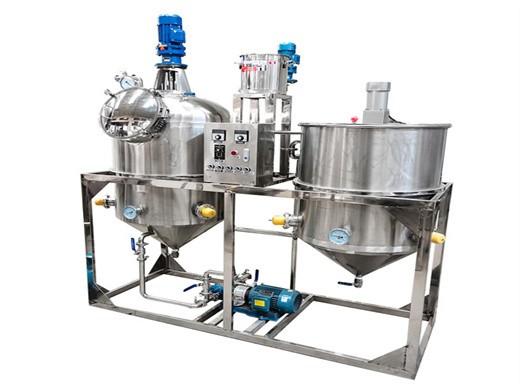
Physicochemical characterization of chia (Salvia
However, a lower content of oleic acid and oil obtained by pressing from Argentinean seeds (2.05 similar contents of linoleic acid were registered in chia mg KOH/g sample) but higher respect to oil from Gua- oil compared with that reported by Ayerza and Coates temalan seeds with 1.64 mg KOH/g oil
Get Price
Optimization of antioxidant extraction and
Optimization of antioxidant extraction and characterization of oil obtained by pressing cold from Vitis labrusca seeds (FA) and AA of the oil obtained by pressing cold method were also
Get Price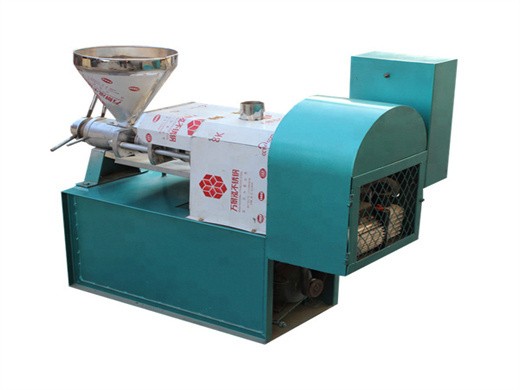
Quantitative Polyunsaturated Fatty Acid Analysis of Chia
For example, Martínez used a Komet screw press to obtain the chia seed oil . Ixtaina used both pressing and solvent extraction and found that 30% more oil was obtained by solvent than by pressing . Among these approaches, the latter three methods require special instruments and are
Get Price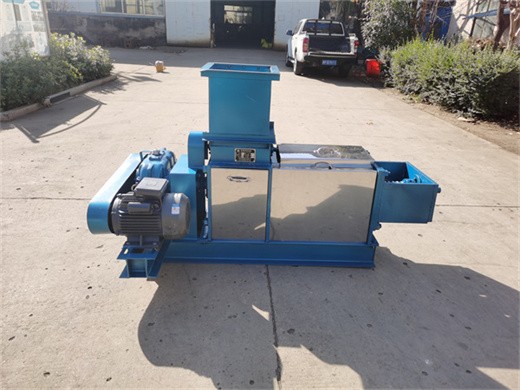
Chemical Characterization of CHIA ( Salvia hispanica L
Chia is a seed native to the region that extends from the North of Mexico to Guatemala, and it has been target of study for food enrichment. Many of its newly developed functional foods contain bioactive compounds including dietary fiber, antioxidants and other substances. The objective of this study was to evaluate chia seed (Salvia hispanica L) from her chemical components and prove their
Get Price
Characteristics of Chia (Salvia hispanica L.) Seed Oil
tions. Since chia seed oil is a natural product, it has a variable chemical composition depending on several factors such as the cultivation environment and the extraction system [2, 3]. Commercial production of vegetable oils is based on press-ing and solvent extraction [4-9], although there are also other methods [10, 11].
Get Price
Chia (Salvia hispanica L.) oil extraction using different
oil extraction from chia seeds using solvent extraction at 80°C for 8 h and pressing, respectively. Ixtaina et al. (2010) reported, for oil extraction using carbon dioxide as the solvent under supercritical conditions, ~30% yield at 80°C and 450 bar applying 5 h of extraction. The solvents n
Get Price
Physicochemical characterization of chia (Salvia
However, a lower content of oleic acid and oil obtained by pressing from Argentinean seeds (2.05 similar contents of linoleic acid were registered in chia mg KOH/g sample) but higher respect to oil from Gua- oil compared with that reported by Ayerza and Coates temalan seeds with 1.64 mg KOH/g oil
Get Price
Physicochemical characterization of chia (Salvia hispanica
A physicochemical characterization of oil from chia seeds was carried out. Proximate composition analysis showed that fat and fiber were the principal components in the raw chia flour. Physical characterization showed that chia oil has a relative density from 0.9241, a refraction index of 1.4761 and a color with more yellow than red units.
Get Price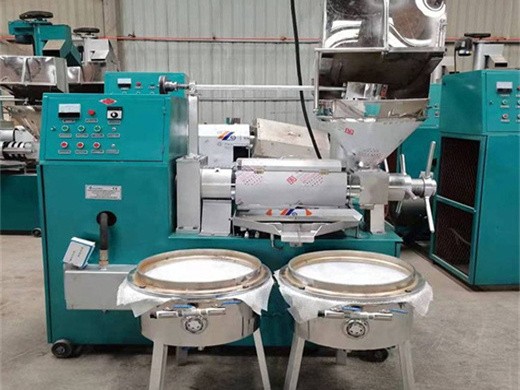
Effect of extraction method of Chia seeds Oil on its
The extracted oil ratio is approximated when using the coarse extraction method and when solvent extraction is used, In order to avoid exposing the oil to any thermal treatment and thus maintain its components from damage while the method of extraction using the screw pressing gave the lowest proportion of oil and can be due to the inefficiency
Get Price
Chemical Characterization of CHIA ( Salvia hispanica L
Chia is a seed native to the region that extends from the North of Mexico to Guatemala, and it has been target of study for food enrichment. Many of its newly developed functional foods contain bioactive compounds including dietary fiber, antioxidants and other substances. The objective of this study was to evaluate chia seed (Salvia hispanica L) from her chemical components and prove their
Get Price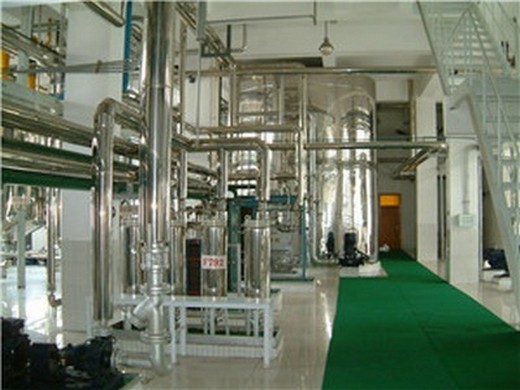
Characterization of CHIA Seed Flour and Wellbeing
Characterization of chia seed oils obtained by pressing and solvent extraction. Journal of Food Composition and Analysis. 2011 Mar 1; 24(2): 166-74. Kim Y,
Get Price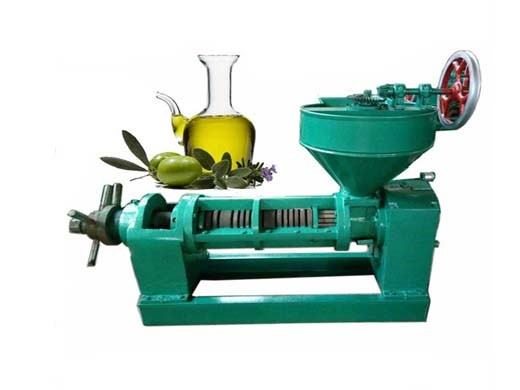
Fat Composition of Chia Seed Oil, Cold Pressed The
Ixtaina et al. Characterization of chia seed oils obtained by pressing and solvent extraction. Journal of Food Composition and Analysis (2011) 24:166–174. Values are rounded and expressed in gram unless otherwise stated. This post is provided for general information only.
Get Price
Chia seeds products: an overview SpringerLink
Chia, Salvia hispanica L., is a medicinal and dietary plant species used since ancient times by Mayan and Aztec. Its product is a dry indehiscent fruit which is commonly called seed. In recent times, there was an increasing attention and diffusion of the seeds of the plant for their health benefits and uses in cooking. In fact, seeds are a rich source of nutrients first of all the
Get Price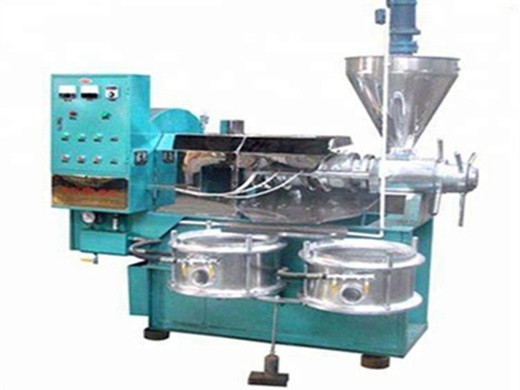
A Renewable Source as a Functional Food: Chia Seed
Ixtaina VY, Martínez ML, Spotorno V, et al. Characterization of chia seed oils obtained by pressing and solvent extraction. J Food Compos Anal 2011; 24(2): 166-74. J
Get Price
Nanoliposomes and Nanoemulsions Based on Chia Seed
which led to an oil yield of 35.25 1.42% (n = 5, p < 0.05) of total seed mass. We compared oil yield obtained after Folch extraction of chia and two other seed types, flax and rapeseed, known to be rich in unsaturated fatty acids. Oil yield from chia seeds using the Folch-based
Get Price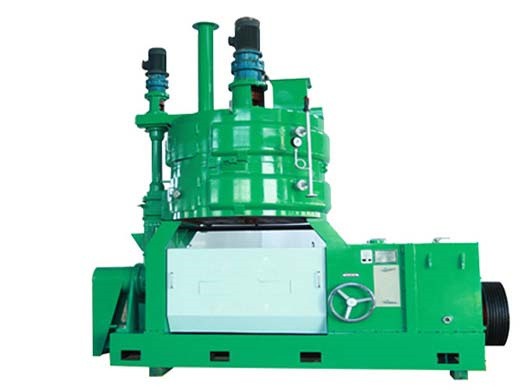
Chia Seed as a Source of Oil, Polysaccharide, and Protein
Chia seed, Salvia polystachya, was analyzed as a source of oil, polysaccharide, and protein for possible use by the food industry.Seeds were found to contain 30% oil of which more than 90% was composed of triglycerides. The fatty acid composition of the oil was found
Get Price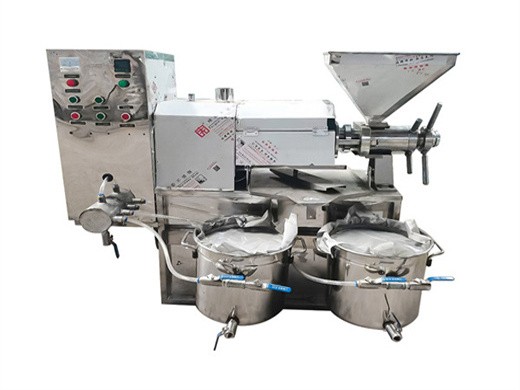
Ultrasound‐Assisted Extraction of Oil from Chia (Salvia
The chia seed oil is considered one of the greatest sources of linoleic and linolenic acid and the extraction demonstrated high efficiency by UAE. Chia oil obtained by UAE using ethyl acetate with solvent may be used as a food, accepted in the food industry, because the solvent is considered a food‐grade solvent.
Get Price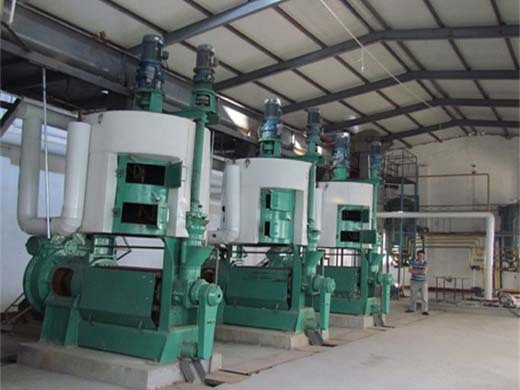
Physicochemical characterization of chia (Salvia
However, a lower content of oleic acid and oil obtained by pressing from Argentinean seeds (2.05 similar contents of linoleic acid were registered in chia mg KOH/g sample) but higher respect to oil from Gua- oil compared with that reported by Ayerza and Coates temalan seeds with 1.64 mg KOH/g oil
Get Price
Characterization of CHIA Seed Flour and Wellbeing
Characterization of chia seed oils obtained by pressing and solvent extraction. Journal of Food Composition and Analysis. 2011 Mar 1; 24(2): 166-74. Kim Y,
Get Price
